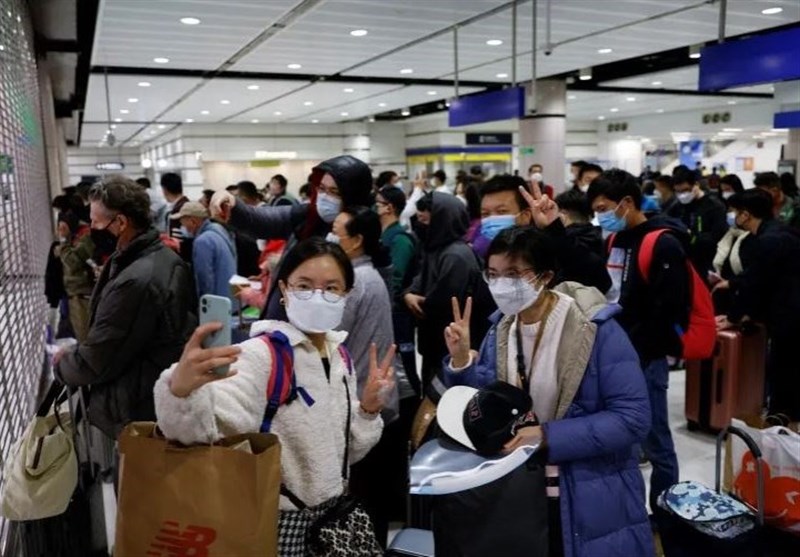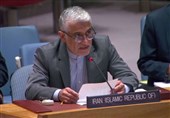China Ends Quarantine for Overseas Travelers
TEHRAN (Tasnim) – China relaxed quarantine regulations for entering passengers on Sunday, ending nearly three years of self-imposed isolation at a time when the country is dealing with an increase of COVID cases.
China has lifted pandemic restrictions on foreign travel, ending quarantine requirements for inbound travelers and with it, nearly three years of self-imposed isolation.
The first passengers to arrive under the new rules landed at airports in the southern cities of Guangzhou and Shenzhen just after midnight on Sunday, according to the state-owned China Global Television Network (CGTN).
The 387 passengers on board flights from Singapore and Canada’s Toronto were not subject to COVID-19 tests on arrival and did not have to undergo five days of quarantine at centralized government facilities, it reported.
The easing of curbs on foreign travel marks the final unraveling of China’s strict “zero-COVID” policy.
Beijing began dismantling the hardline strategy of mandatory quarantines, grueling lockdowns and frequent testing last month. But the abrupt changes have exposed many of its 1.4 billion population to the virus for the first time, triggering a wave of infections that is overwhelming some hospitals, emptying pharmacy shelves of medicines, and causing long lines to form at crematoriums.
The lifting of quarantine rules effectively opens the door for many Chinese to go abroad for the first time since borders slammed shut nearly three years ago, without fear of having to isolate at government facilities on their return.
China’s borders remain closed to tourists, however, with foreigners only allowed to travel to the country for business or family visits.
There are widespread concerns that the great migration of workers from cities to their hometowns will cause a surge in infections in smaller towns and rural areas that are less well-equipped with intensive care unit (ICU) beds and ventilators to deal with them.
Authorities say they are boosting grassroots medical services, opening more rural fever clinics and instituting a “green channel” for high-risk patients, especially elderly people with underlying health conditions, to be transferred from villages directly to higher-level hospitals.
“China’s rural areas are wide, the population is large, and the per capita medical resources are relatively insufficient,” National Health Commission spokesperson Mi Feng said on Saturday.
“It’s necessary to provide convenient services, accelerate vaccination for the elderly in rural areas and the construction of grassroots lines of defense.”






